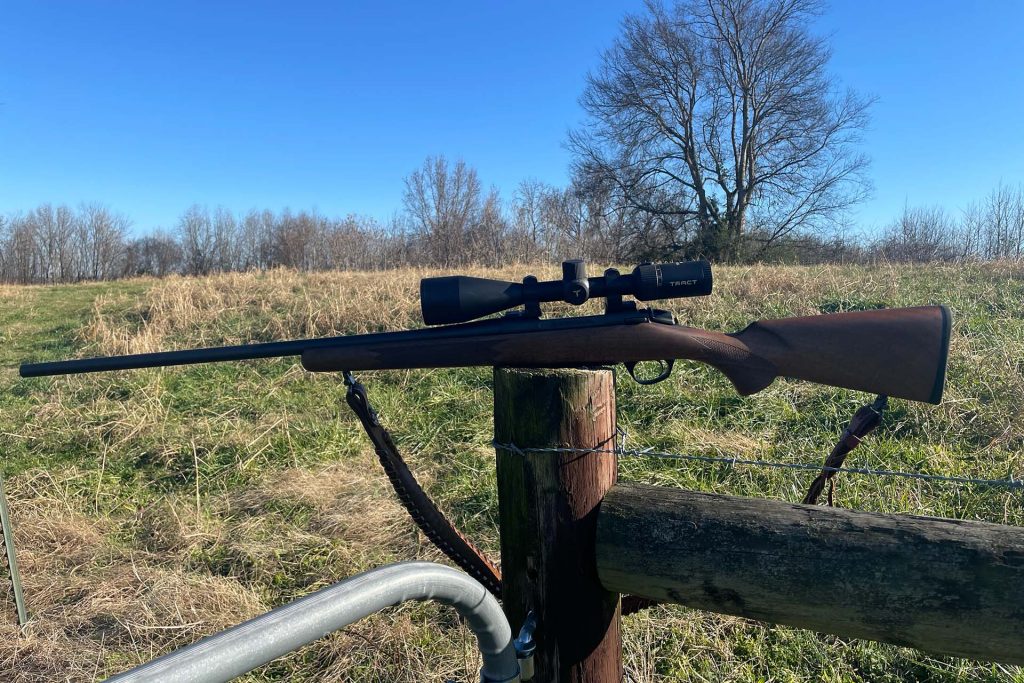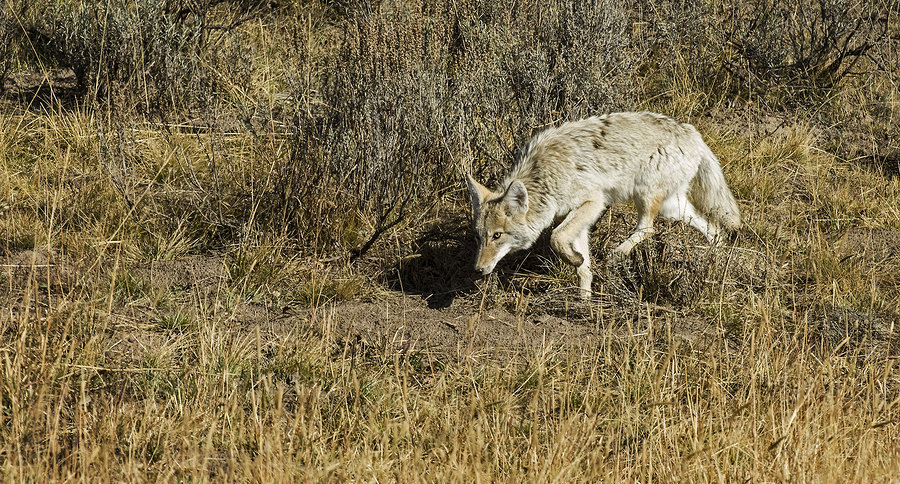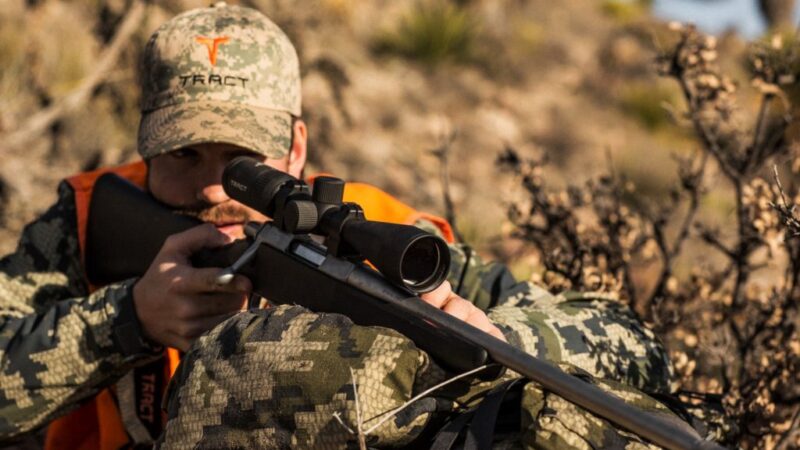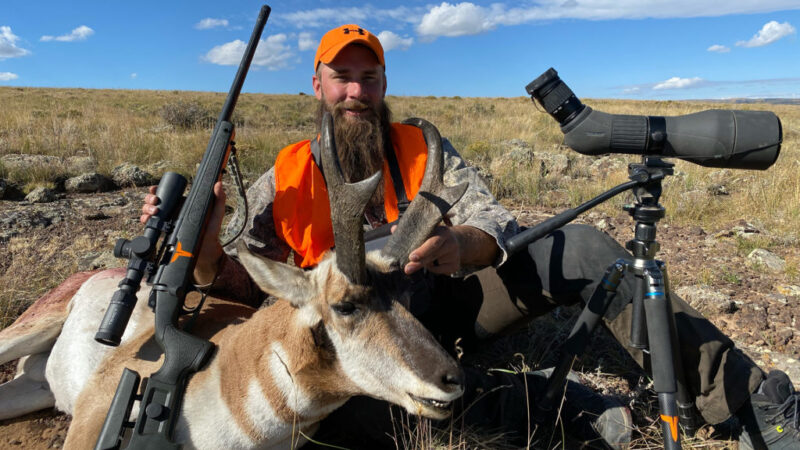5 Reasons Why You Missed the Shot
5 Reasons Why You Missed the Shot
We’ve all missed and sometimes it’s hard to tell why. Here are 5 reasons why you missed the shot in hopes you can make a conscious decision to avoid these mistakes ahead of time.
5 Reasons Why You Missed the Shot. Missing sucks. Whiffing a target is bad enough though a big buck or bull elk is almost unthinkable. Regardless, it’s happened to all of us and will again should we be so lucky to have that opportunity. Misses can occur from anything such as getting caught off guard to an onslaught of buck fever.
Reasons Why You Missed the Shot
The following are, in our opinion, 5 reasons why you missed the shot. Hopefully the next time you’re about to pull the trigger, you can make the conscious decision to avoid these mistakes ahead of time. If you’ve missed for a reason not listed, we’d love to hear about it.
Shot Too Quickly
You got overly excited and shot too quickly. This has happened to most of us. Big game hunting is a really slow sport until the action starts. Going from resting heart rate to complete exhilaration by the sight of an animal can throw off your entire game plan.
Here’s a scenario: It’s peak rut of the whitetail season. You’re on an all-day sit. The deer have moved sporadically throughout the morning and during what seems like another lull you pull out your phone to check texts, email, and social media. Suddenly, out of the corner of your eye there’s movement. It’s a fine buck chasing a doe and their line has them crossing right in front of you for a chip shot. Or is it?
When the buck enters the clearing, rather than settle into the gun, level your crosshairs, and squeeze the trigger, you treat it more like ducks lighting into the decoys and point and pull. Sounds crazy though not unusual. It’s a natural reaction to pull up and shoot.
What to do instead: Sure, it’s easy to say “you shouldn’t have been on your phone in the first place.” Let’s face it, we get bored. It’s only human. So instead, let’s focus on how you could go from scrolling to shooting effectively.
Have a plan for your phone. Before you unlock the thing, know where you can put it quickly. Once that buck shows up and your hands are free, let’s make sure the rifle is resting in a place that allows you to easily bring it up to your shoulder. Next, bleat at the buck to stop him. Static targets are hard enough much less trying to shoot a moving one when you can feel your heartbeat in the top of your head. Finally, settle in and put the crosshairs on his shoulders. You have time to make it count. Squeeze the trigger.
Using a Big Caliber
In high school, I saved my money and bought a .300 Remington Ultra Mag. All the magazines said it was a flat-shooting round great for any big game animal in North America. While the .300 RUM is both of these things, it also packs a punch.
Here’s a scenario: I’m going to switch to the first person here because this happened to me. After a year of banging away with the .300 RUM, I got tired of the beating it doled out to my shoulder and the cost of ammunition. Again, great gun, just not for a skinny-framed teenager.
I was at a friend’s hunting camp for the weekend. We arrived on Friday afternoon in time to shoot our rifles a few times. Well, I’d reached the end of my rope with the .300. So, I asked my buddy if I could shoot his .270 a few times to “warm up” for the weekend. “I’m low on ammo” sounds about like the excuse I used. Truth was, I was scared to shoot my rifle.
The fear of the recoil carried over the next morning as I sat looking down a long greenfield when a few does step out at around 150 yards. I shouldered my rifle, put the crosshairs on the shoulder of the biggest one, gritted my teeth, and let fly a 180-grain bullet. The doe I was shooting at bounded off unscathed. A much, much smaller doe, a yearling really, didn’t. Looking back, I know that I closed my eyes as I pulled the trigger.
What to do instead: While I still own the .300 RUM, it’s sat untouched in a gun safe for nearly 15 years. I went down to a .30-06, then for a long time shot a .22-250 (whitetails only). I was in recoil rehab you might say.
Now, I’ve found my perfect all-big-game rifle in a .270. So, if you know anyone looking to purchase a Remington 700 in .300 RUM, give me a call.
Rifle Isn’t Sighted In
Traveling can be tough on rifle scopes. Ever noticed how airline employees handle checked luggage when loading it onto the plane? It’s like they’re required to lift bags shoulder high then drop them onto the conveyor belt that sends them into the belly of the plane.
Here’s a scenario: You’ve spent the entire summer and early fall in Kentucky working on your shooting in preparation of an elk hunt in October in Colorado. You’ve shot from every position in every scenario possible because it’s a DIY hunt and you want to make it count should the opportunity arise.
Three days before the rifle season begins you board a plane west so you have ample time to scout, set up camp, etc. Upon arriving you neglect to shoot your rifle because why would you if you’d just spent the past several months sending nearly a thousand rounds down range. You know where the rest of this is going…
What to do instead: When you get to camp, before you set up your tent and daylight permitting, make sure your rifle is sighted in. Two factors can cause you to miss. First, the aforementioned airplane’s handling of your luggage, no matter how sturdy your case is. The second is elevation. Your bullet is going to impact a lot differently at eight thousand feet versus several hundred.
Bring extra ammo knowing that you may have to almost entirely resight your rifle. It can save you a lot of heartache when the bull of your dream’s steps into range.
Scope Magnification is Too High
Cranking up to 15 power for a 50-yard shot is typically a bad idea. All that you see in the scope is hair. Plus, the amount of shake or wobble is intensified and can cause you to miss.
Here’s a scenario: The coyotes are running rampant in your part of the world, so you decide to do something about it by buying a call, maybe a decoy, and taking your deer rifle out to bag a few. Coyotes are one of nature’s toughest targets. They’re smart. And they do things unexpectedly.
At your first setup, you place your decoy 100 yards away and begin calling. It’s spring, mating season for coyotes. Your howling brings an immediate response. Your rifle rests on your knee, already cranked to 15 power because you’re probably going to first see that song dog at 250 yards as he makes his way into the decoy. Except that’s not what happens at all.
A flash of movement to your right and there he is on a beeline out to the decoy at a quartering away 45-degree angle. He circled downwind. You pivot right, knowing he’s going to see you and run. But that’s okay because he’s in the open and killable for several seconds even at a dead sprint. You catch one glimpse of his only his head in the scope then he’s gone.
Learn why top hunters prefer low magnification scopes when hunting coyotes.
What to do instead: Leave your rifle scope’s magnification at mid range. Meaning if you’re shooting a 15-power scope, keep it around six to seven power so you can easily increase or decrease as needed. Hitting a running target such as a coyote in close range is a hard but achievable shot if you can get him in the crosshairs.
Buck Fever
All of the excuses, this one is most acceptable. Coming down with buck fever means you’re excited to be witnessing a fine buck or bull. The day you don’t get buck fever would be a good time to hang it up.
There’s no ideal scenario or what to do instead when it comes to buck fever. You get it and there’s nothing to do about it. Just try your best to take deep breaths and remember everything listed above.
There are certainly more reasons for why you missed the shot. These five seem pretty obvious and have happened to us firsthand. If nothing else, hopefully by raising awareness around our mistakes will help you avoid a whiff the next time a true trophy comes your way.













